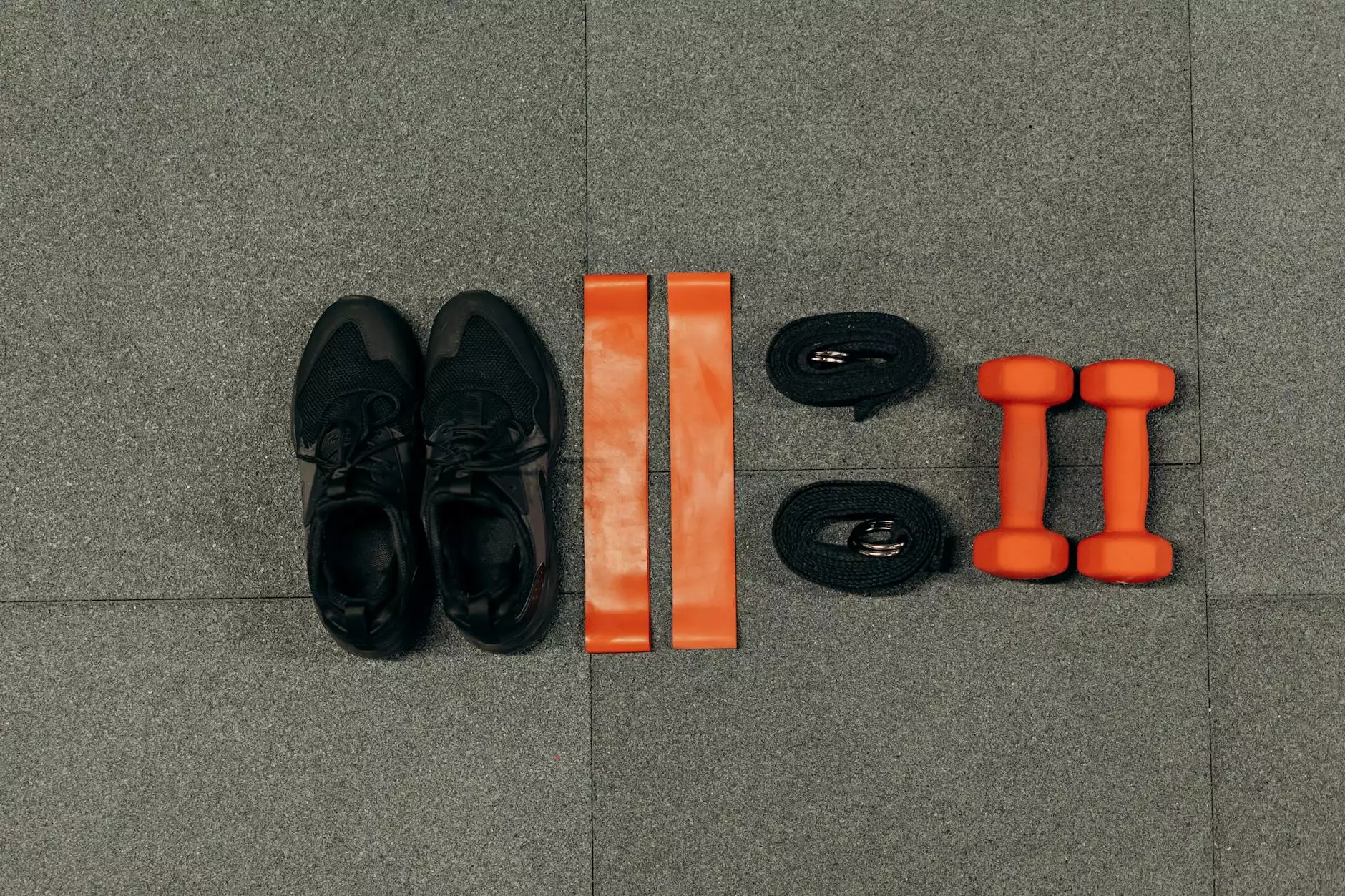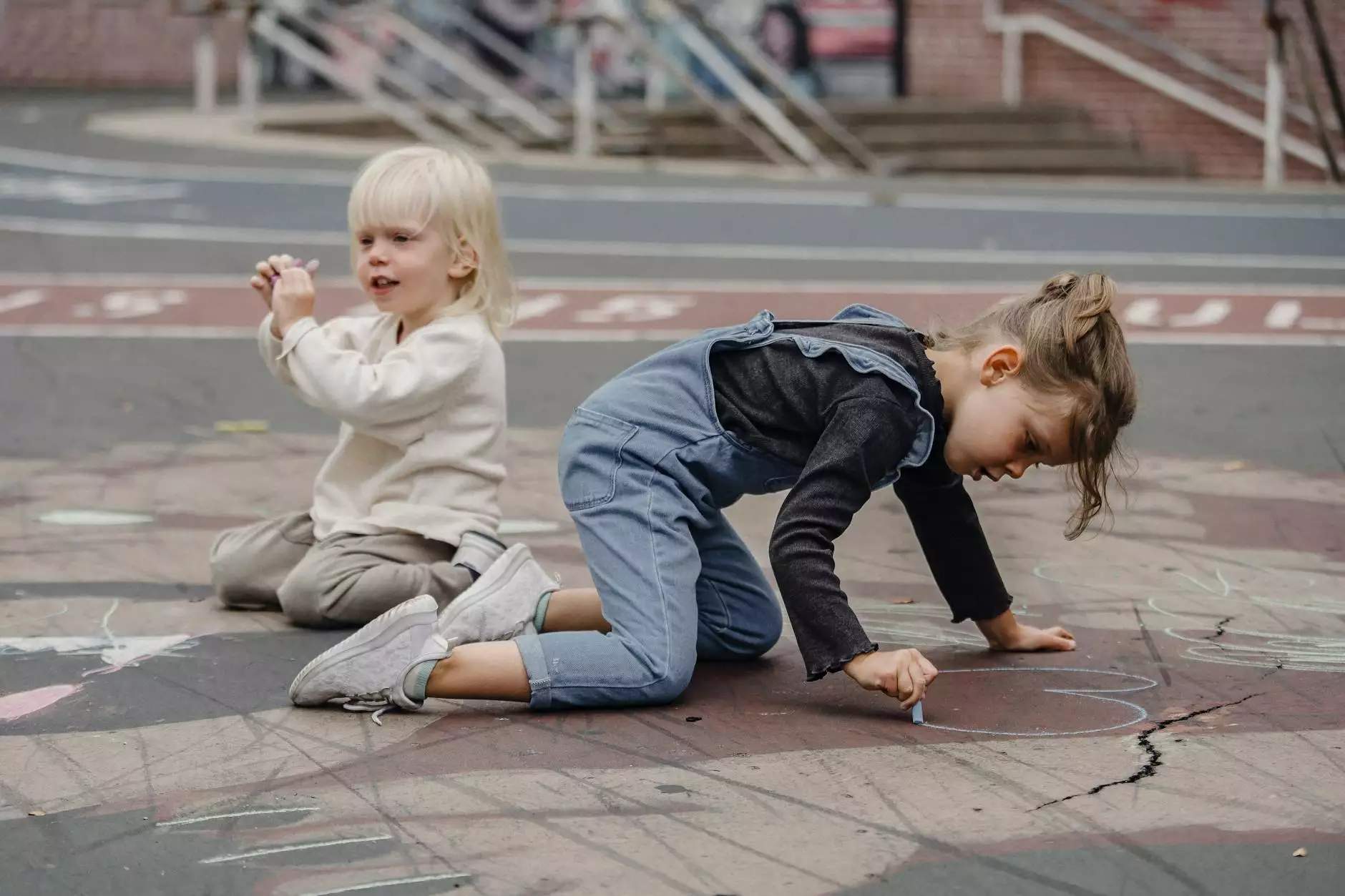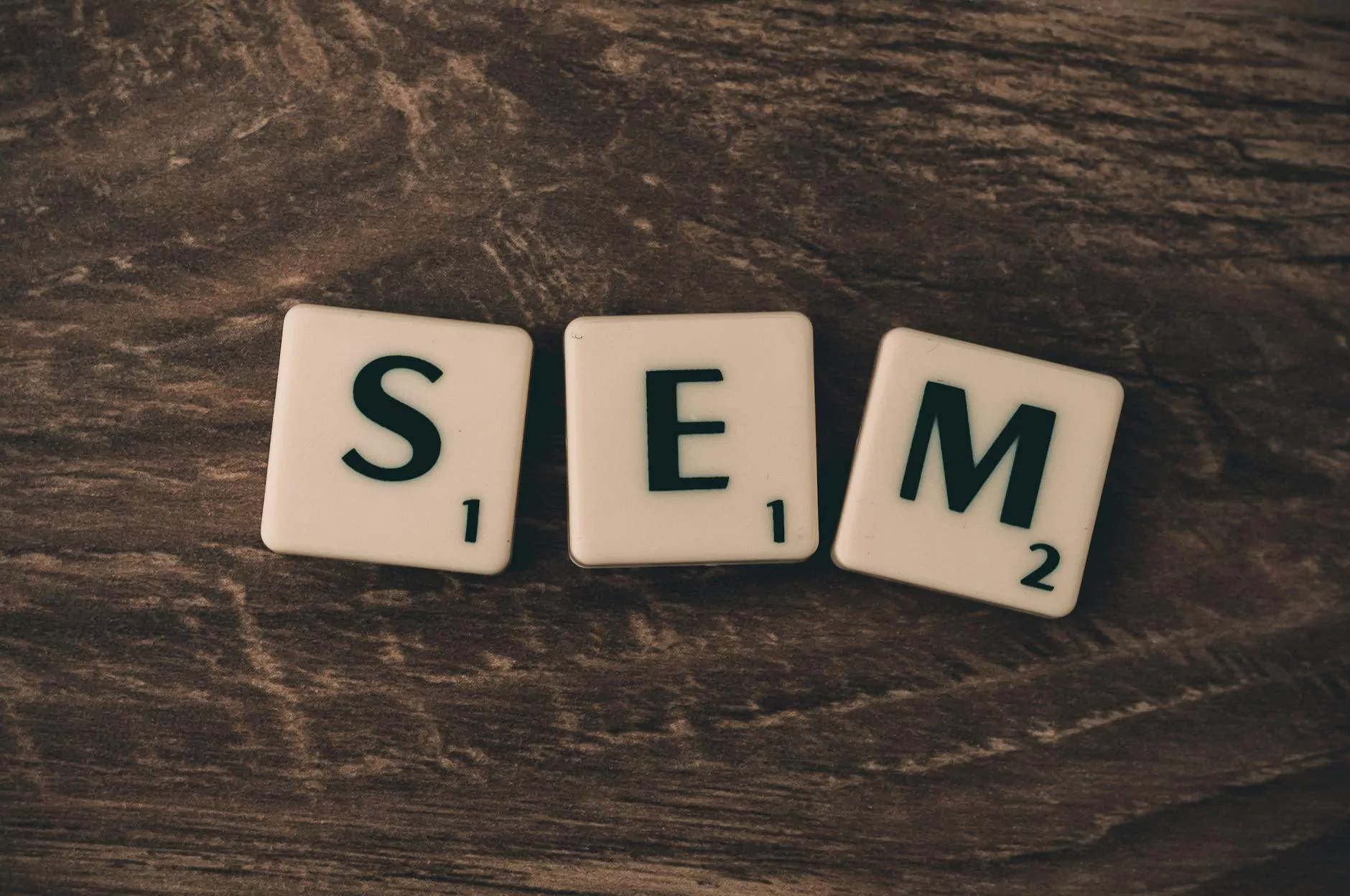Eggs, Bunnies, and… Autism

Understanding Autism and Its Unique Challenges
Autism is a neurodevelopmental disorder that affects individuals in various ways. It impacts communication, social interaction, and behavior. As a parent or caregiver of someone with autism, it's essential to be aware of their specific needs and how they may experience holidays such as Easter.
Easter Traditions: Adapting for Individuals with Autism
Easter is a time for joyful celebrations, but it can also be overwhelming for individuals with autism. By making minor adjustments and understanding their sensory sensitivities, you can ensure a more enjoyable experience for everyone involved.
1. Sensory-Friendly Egg Hunts
Egg hunts are a popular Easter activity, but the loud noises and crowded spaces can be challenging for individuals with autism. Consider hosting a sensory-friendly egg hunt where the environment is quieter and less overwhelming. Use visual cues and provide clear instructions to help participants understand the process.
2. Customizing Easter Baskets
When putting together Easter baskets for individuals with autism, it's essential to consider their unique interests and sensory preferences. Instead of filling the basket with traditional candies, opt for sensory-friendly toys, books, or items that align with their special interests. This personalized approach can make the Easter experience more enjoyable and meaningful.
3. Communicating Expectations
Individuals with autism thrive on routines and clear expectations. Before attending Easter events or gatherings, communicate the schedule, activities, and any potential changes in advance. By providing this information, you can help them prepare and reduce anxiety or meltdowns.
Easter Crafts and Activities
Easter provides fantastic opportunities for engaging in sensory play and creative activities. Here are a few ideas to make Easter crafts enjoyable for individuals with autism:
1. Dyeing Eggs
Dyeing eggs is a classic Easter activity loved by many. Ensure a sensory-friendly experience by using natural dyes or non-toxic markers instead of traditional commercial dyes, which may have strong odors or synthetic ingredients that could be overwhelming.
2. Easter-themed Sensory Bins
Create a sensory bin using Easter-themed items like plastic eggs, grass, and small toys. It can provide a calming and engaging sensory experience for individuals who benefit from tactile stimulation.
3. Arts and Crafts with a Twist
Engage individuals with autism in Easter-themed arts and crafts, such as creating bunny masks or designing personalized Easter cards. Use visual aids, step-by-step instructions, and incorporate their interests to ensure an enjoyable experience.
Inclusion and Understanding
During Easter gatherings or community events, it's crucial to promote inclusion and understanding for individuals with autism. Educate friends, family members, and neighbors about autism to foster empathy and create a welcoming environment for everyone involved.
Seeking Professional Support
If you have concerns about addressing specific challenges related to autism during Easter, consult with professionals such as therapists, special educators, or autism consultants. They can offer personalized guidance and strategies to make the holiday season more enjoyable for individuals with autism.
Conclusion
Easter can be a time of joy and celebration for individuals with autism and their families. By considering their unique needs, adapting traditions, and promoting inclusion, you can create a more meaningful Easter experience. Remember, every individual with autism is unique, so it's essential to tailor your approach to their preferences and sensitivities.









